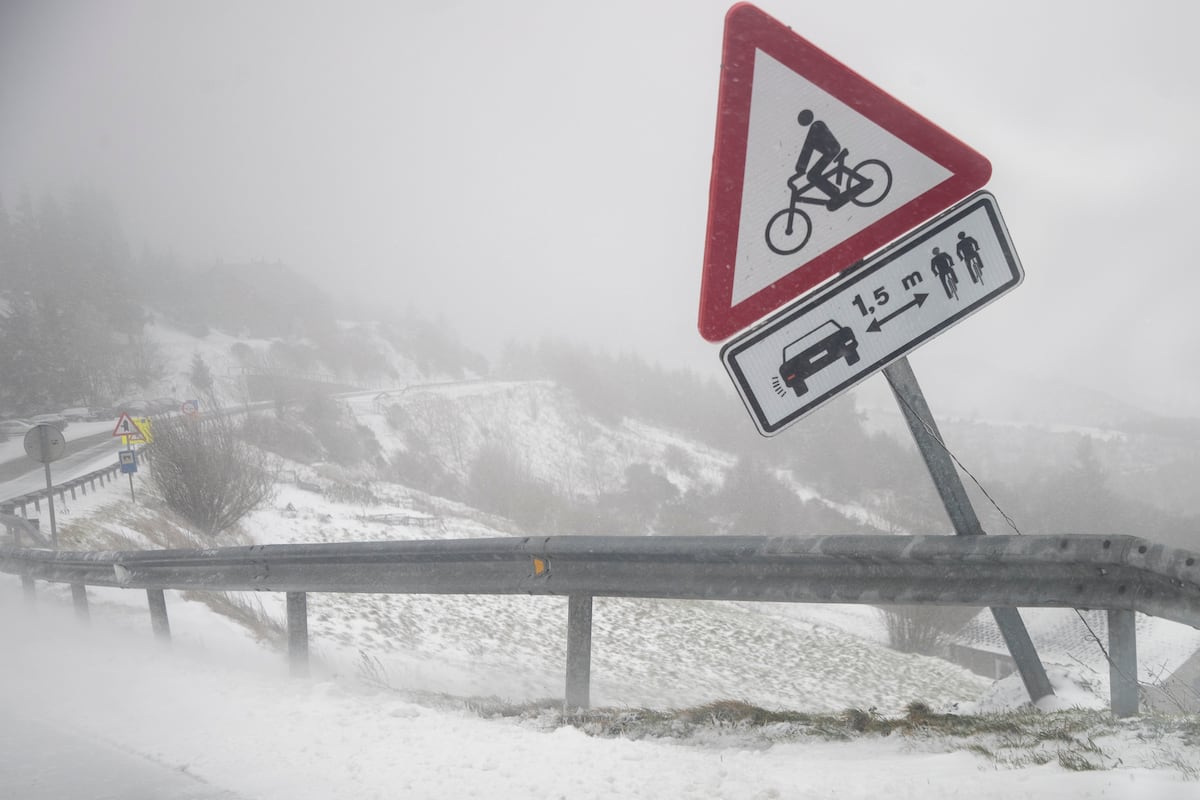Fog is one of the meteorological phenomena that most affects visibility and this greatly influences transportation.
It is a condensation, small drops of water that are suspended in the atmosphere and that reduce horizontal visibility to less than a kilometer.
When we talk about reduced visibility of between 3 and 5 kilometers, we are talking about haze, which is made up of slightly smaller and less dense particles.
Fog appears as a cloud of variable thickness and density.
Its base is in contact with the earth's surface and that is what produces the decrease in visibility.
It is similar to a cloud in its composition but different in the way and place of formation.
Clouds are formed when the air rises and cools and fog is formed either by cooling or by an increase in water vapor until it reaches saturation and condensation, which is what we see, those particles suspended in the air .
There are several types of fog depending on its formation.
If they are formed by an increase in steam, they are known as evaporative mists, among which are vapor mists and frontal mists.
This usually happens on surfaces with water such as the sea, lakes, rivers... When cold air moves over more or less warm water, this evaporation of water from the surface can be produced, that water vapor rises and mixes with the Cold air becomes saturated and condensation forms.
It really is a mixture of two types of air masses with different water vapor content that generates these mists that are normally seen over the sea or over lakes.
On the other hand, frontal fog occurs when there is the presence of frontal systems, cold or warm fronts.
Warm air rises above cold air producing precipitation.
The rain that falls on the cold air has a temperature very close to what in meteorology we call the dew point and that is the temperature at which saturation occurs.
And that fog is also produced there.
This type of fog is generally very thick and persistent.
However, if the fog is formed by cooling, radiation, advection or orographic fog can be produced.
One of the most common is radiation fogs.
I am from Seville and a lot happens there in winter and affects road traffic and air transport on numerous occasions.
This type of fog occurs when we have anticyclonic winter nights, that is, in the absence of clouds and wind.
The earth's surface loses heat by radiation, the air adjacent to the surface cools and since there is no breeze or wind that generates turbulence in the environment, these layers of fog remain attached to the surface.
When there is more wind, the fog will rise a bit, to about 20-30 meters.
Radiation fog usually clears up one to three hours after sunrise.
Sometimes when warm, moist air is blown by the wind onto a cold surface, it cools on contact with it, and if there is enough moisture, what is known as advection fog is produced.
Sufficient wind is required, at least 15 - 20 km/h, to facilitate both horizontal movement and vertical air mixing.
This happens, for example, in coastal areas and also occurs in summer.
Finally, there is one more type of fog that is orographic.
It is fog that forms on top of or around mountains.
Air rising up a mountainside cools to dew point temperature so fog or clouds can form.
Carmen Alvárez-Castro
is a doctor in Climatology, a researcher in the Climate Simulation and Prediction division of the Euro-Mediterranean Center for Climate Change (CMCC) in Bologna, Italy.
Question sent by Paula García Pásaro.
Coordination and writing:
Victoria Toro
We answer
is a weekly scientific consultation, sponsored by the
Dr. Antoni Esteve Foundation
and the
L'Oréal-Unesco 'For Women in Science' program
, which answers readers' questions about science and technology.
They are scientists and technologists, members of
AMIT (Association of Women Researchers and Technologists)
, who answer these questions.
Send your questions to
us@gmail.com
or on Twitter #weanswer.
You can follow
MATERIA
on
,
and
, or sign up here to receive
our weekly newsletter
.

